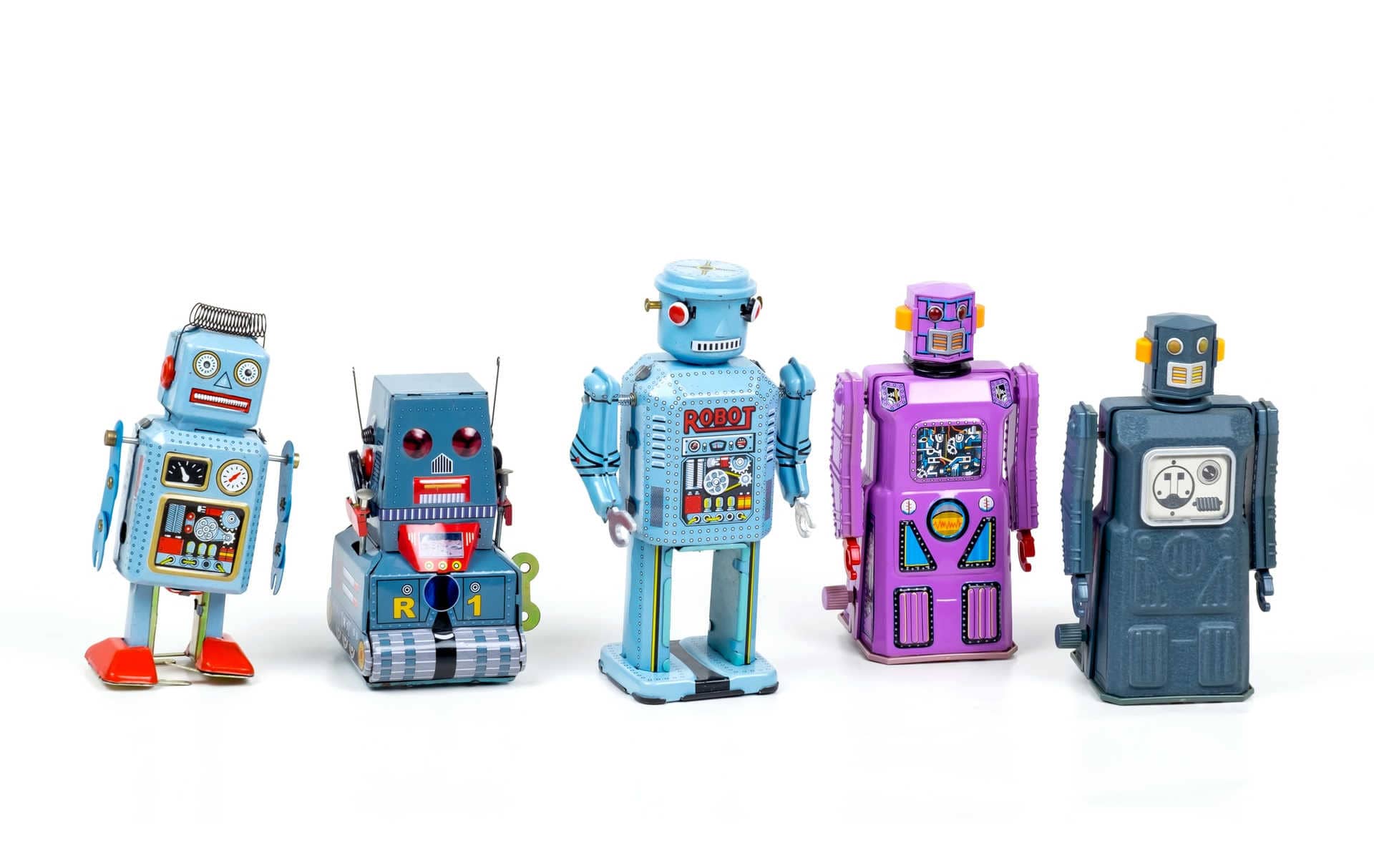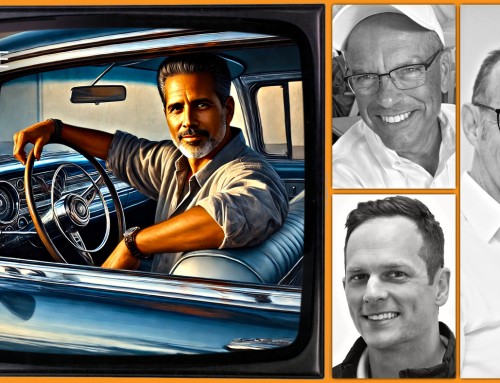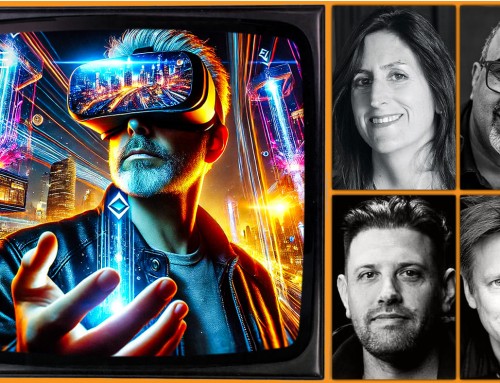About five years ago, I was traveling on business to Los Angeles. I was surprised to find kiosks at Alamo that processed my reservation, assigned my rental car, and directed me to the spot for pick up. As I drove out, I marveled, “Wow, I was in and out of there without talking to single person!” Today, this once novel concept is quickly becoming common place.
Enter Restaurant 2.0
Diners have begun seeing McDonald's national rollout of self-service kiosks and table service.
Panera has already been doing similarly in their restaurants.
Recently, Chris ate at the tech-heavy healthy food automat Eatsa in New York City. It felt futuristic to order from a tablet and pick up food that appeared behind a wall of electronic cubbies. While employees still prepared the food, the restaurant's customers definitely had limited human interaction. We have to accept that we are living in an age that is more Jetsons than Flintstones.
I've got to admit that I am a fan of both Starbuck's and Dunkin Donut's mobile ordering apps. Customizing your order is easy and skipping the line is pretty great. Although, I feel a little funny running in to pick up my coffee without saying a word to anyone. I'm sacrificing the “experience” the companies have worked so hard to create for convenience.
Will Service Jobs Go Away?
Manufacturing jobs in the US have certainly been on a downtrend for decades now, and that makes sense given the size and scope of the American service sector. One has to wonder, though, will robots or in this case kiosks replace American service workers in a meaningful way?
The long-term impact is not known. A year ago, at McDonald's May shareholders meeting, company CEO Steve Easterbrook said, “It may change the nature of the jobs in the restaurant, because frankly technology is something that our customers are embracing. We can just reapportion that labor into more service orientated roles that we think the customer will benefit both ways.”
Panera's new business model, introduced in 2014, has resulted in added labor hours to meet the demand driven by multiple points of digital orders, that is via kiosks and mobile app. Some brands say that because kiosks allow for increased speed in which orders are taken, additional kitchen staff are needed during peak periods.
As investors, it will be interesting to see what the future holds — what impact quicker order taking will have on casual dining and other aspects of our lives. Technology is likely to continue to boost our productivity and help our efficiency. It makes me wonder though, will I miss the cashier's greeting and suggestion for what's good to eat today?
Photo by Eric Krull on Unsplash
Have you ordered your meal at a kiosk or coffee from a mobile app? Do you prefer ordering from a person or self-service checkout? What are your thoughts about implications on U.S. jobs and the economy?
By






